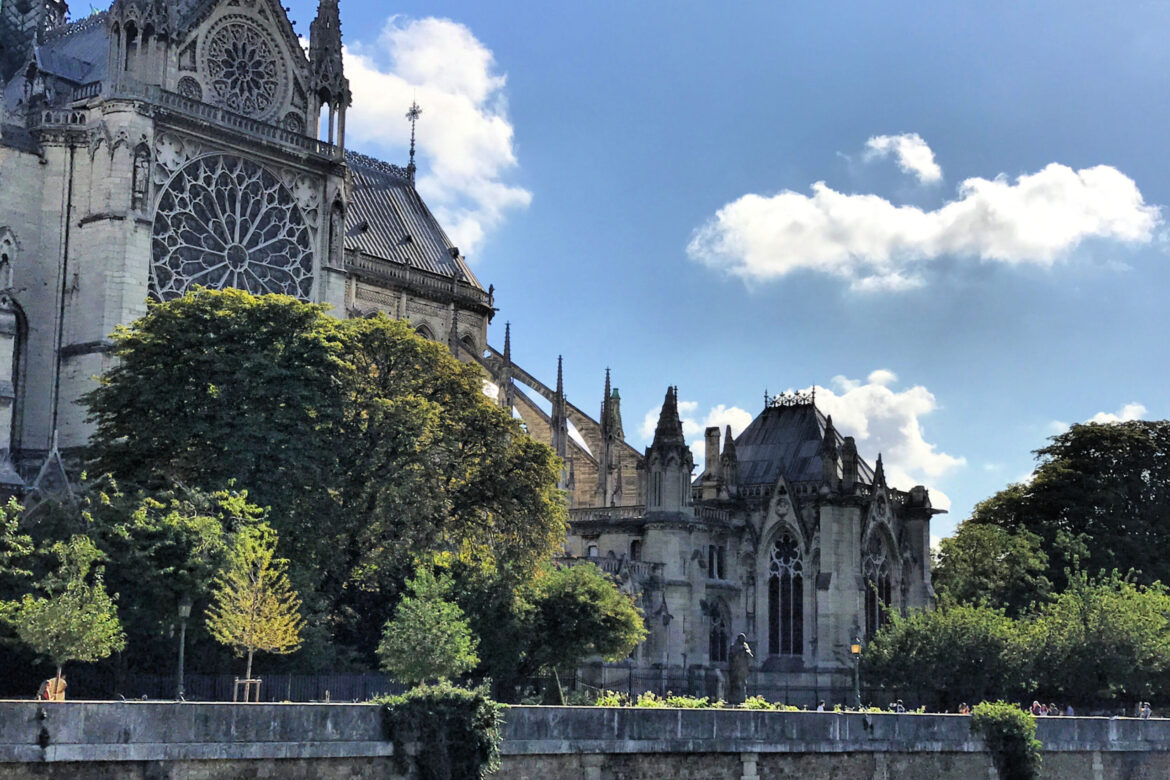
Notre Dame de Paris: How a Building Can Break Our Heart
April 15, 2019. A Monday like most – get up early, work, get the kids off to school, go for a run and then back to work. Check my computer. I checked my Twitter account, where I follow A LOT of architecture publications as well as French news channels. A tweet catches my eye: “The Notre Dame de Paris Cathedral is on fire” and a shocking photo of the Cathedral with flames shooting out of the top. My first instinct was that this was a speculative piece about what would happen if the beloved building caught fire. Scrolling through my feed, another architecture publication had the same headline.
Notre Dame de Paris Catches Fire
I started to panic. Opening another tab, I googled “Notre Dame de Paris” and there, to my horror, were articles, photos, videos of the roof and the spire of the Notre Dame Cathedral totally engulfed in flames. While obsessively hitting refresh, I gasped at the news that was still there. I started clicking every article I could but it seemed that the fire had just broken out and there wasn’t a lot of news about what/why/how. When I came back and hit refresh, there was video of the spire toppling, completely consumed in terrifying bright orange flames while onlookers screamed in horror. At this point, I couldn’t contain myself and I started crying! Crying over a building seems a bit silly. No one died, thankfully. But this isn’t a building but rather the literal heart of Paris, my beloved city of lights.
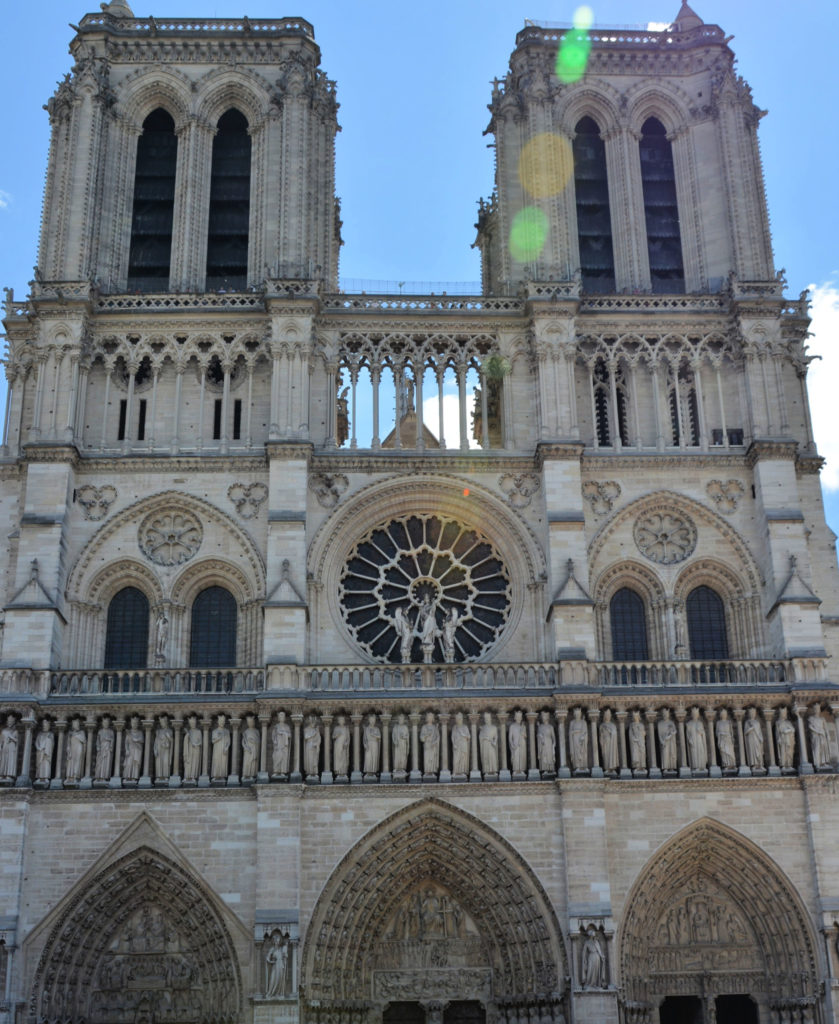
Notre Dame de Paris: a Brief History
The Cathedral was built 834 years ago on the Ile de la Cite. This island was the original Paris. long, long before the Romans arrived, this was where the original natives, the “parigi” lived. From there, the city expanded but the heart of the city was and continues to be here. France is a centralized nation, Paris is the center of that nation and the center of Paris is Ile de la cite where the Notre Dame sits.
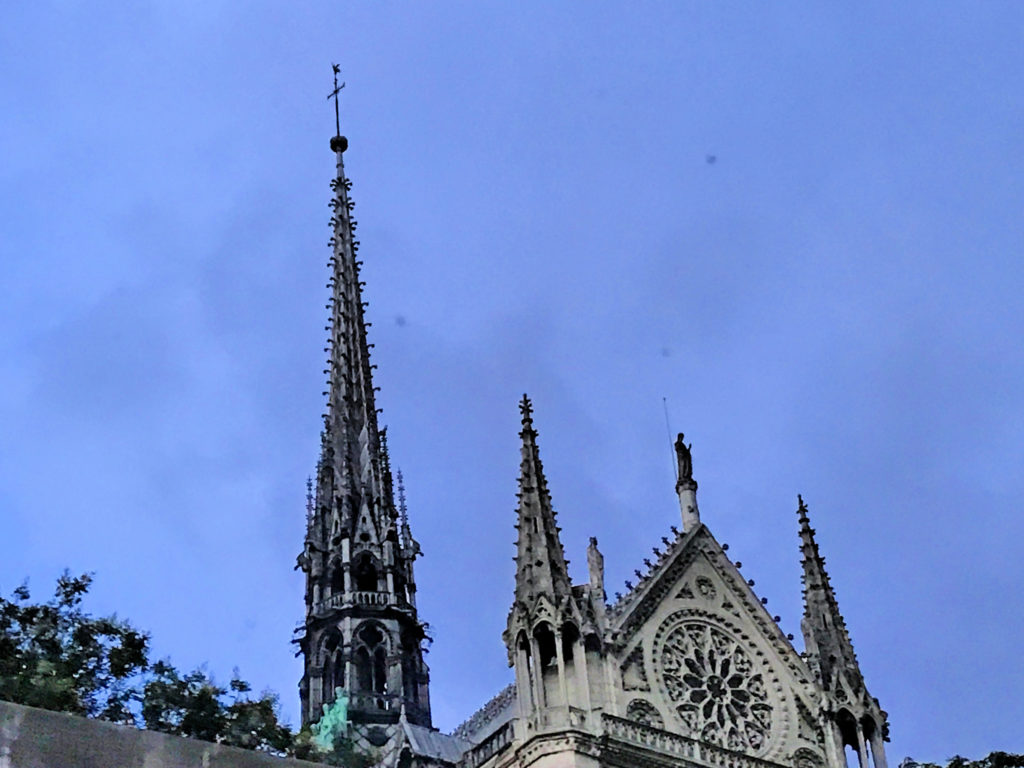
Some facts. A supreme example of Gothic Architecture, it was built between 1160 and 1260. It is enormous in size – 130 meters long (426 feet – a football field is 360 feet long), 48 meters wide (157 feet) and most importantly, perhaps, is its height at 35 meters (114 feet). The church spire that toppled was 96 meters high (315 feet). The builders of the time were able to make columns thinner and use rib vaults and flying buttresses to stabilize the building while also achieving incredible heights. The higher walls also allowed more space for spectacular stained-glass windows. The roof of the Notre Dame, which burned on April 15, 2019, was made of 1,300 oak trees. The wood that burned tonight was made of medieval forests, placed there 850 years ago by medieval builders. Even if the cathedral is rebuilt, we can’t regain the parts that were put in place by the hands of medieval workers. Gothic buildings reached higher and taller, as if reaching toward God himself. The enormous rose windows, aglow with stained glass, reminded the congregation of the paradisiacal after-life that awaited those who led a holy life.
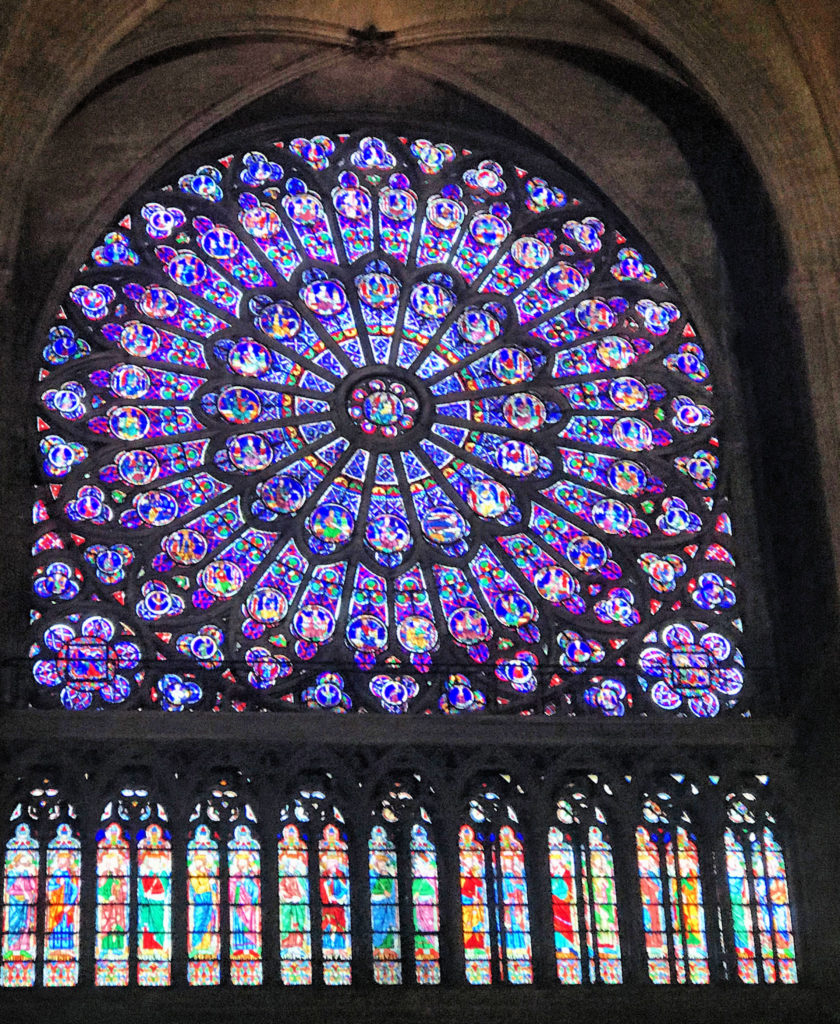
Notre Dame de Paris: Inextricably Intertwined with the History of France
During all the news I listened to, at one point, one expert pointed out that for 850 years, the distance a French town was from Paris was measured from the Cathedral, so central is it to Paris. The cathedral is so inextricably intertwined with the history of France. 100’s of millions of people have visited the cathedral. It is perhaps even more so a symbol of France and Paris than Eiffel Tower because it is so, so much older. (The Eiffel Tower was built in 1889). The building is the site of so much history: wars, the French revolution, the Coronation of Napoleon, the star of Victor Hugo’s novel, the Nazi occupation, the source of books, paintings, songs, inspiration. The funerals of their leaders have been held there.
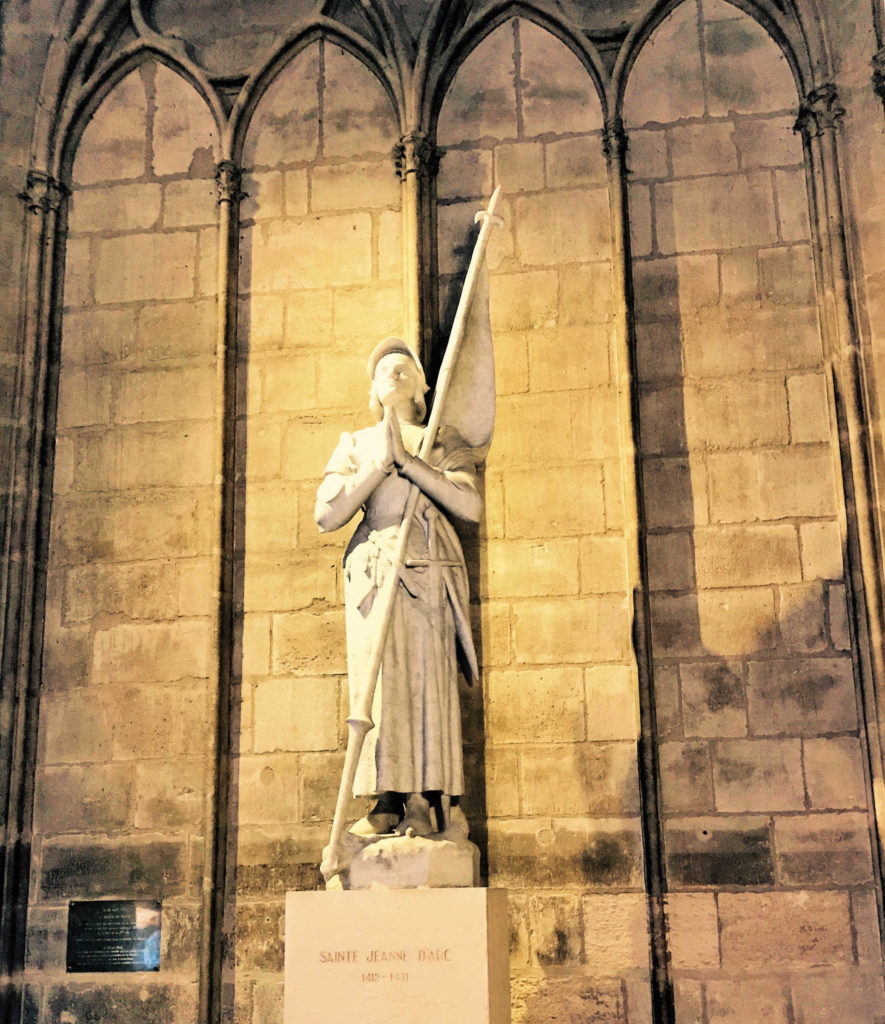
The Hunchback of Notre Dame
Victor Hugo’s The Hunchback of Notre Dame, published in 1831, is a work of fiction which encompasses the whole of French life, from the King of France to Paris sewer rats. The central character, of course, is not the grotesque but noble hearted Quasimodo but the Cathedral herself. The novel is a giant epic about the history of a whole people, incarnated in the figure of the great cathedral as witness and silent protagonist of that history.
At the time the book was written, the cathedral was still recovering from the complete and total ransacking that occurred during the French Revolution. Hugo was horrified that the cathedral wasn’t being better preserved. Both the character of the Hunchback as well as the Cathedral are examples of the way Hugo combines the beautiful with the mangled as symbols: free will vs. determinism as well as architectural deterioration and preservation as a symbol of fluctuating morality.
“Since then the wall has been plastered over or scraped—I forget which—and the inscription has disappeared. For thus, during the past two hundred years, have the marvelous churches of the Middle Ages been treated. Defacement and mutilation have been their portion—both from within and from without.”
Victor Huguo
Hugo saw the Middle Ages as an era of great faith. The Cathedral was every bit as alive as the human characters. The gargoyles appear throughout, at the climax watching as the novel’s villain dangles from the tower aware of his certain fate:
“He looked at the impassive sculptured figures round the tower, suspended, like himself, over the abyss, but without terror for themselves or pity for him. All about him was stone—the grinning monsters before his eyes.”
Victor Hugo from The Hunchback of Notre Dame
Maligned and dismissed as incomprehensible prior to the 19th century, Gothic architecture lacked the perfect beauty and symmetry of the classical orders. But Victor Hugo’s epic body of fiction instigated a passion for the revival of the Gothic style. Using the Cathedral as the main character, Hugo shamed the government for allowing an architectural patrimony crumble into disrepair.
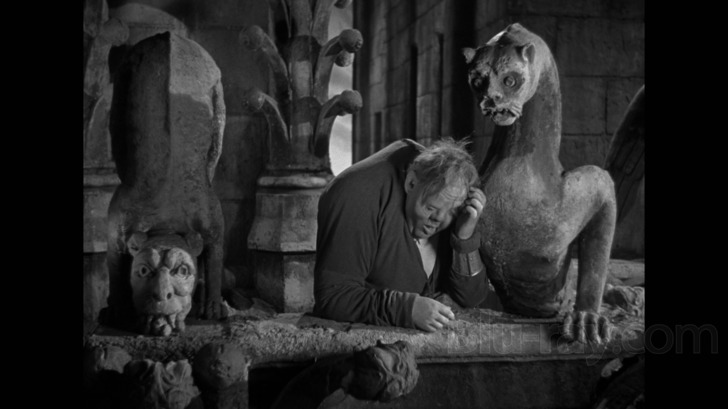
19th Century Restoration of Notre Dame de Paris
After Hugo’s novel, there was renewed interest in restoring the cathedral to its prior glory. The famed architect, Eugène-Emmanuel Viollet-le-Duc, swept up by these Hugo’s ideas, decided to devote himself to the restoration of these national treasures.
“Art exercises its function by giving body to fictions.”
Eugène-Emmanuel Viollet-Le-Duc
Viollet-Le-Duc’s “fictions” in this case refer to his interpretive restorations. The monuments he restored were not inanimate objects with a defined history in an isolated point in time. Rather, the structure was an organic creature, to be dissevered, analyzed and re-assembled into an imaginative form that could then embody the ideal.
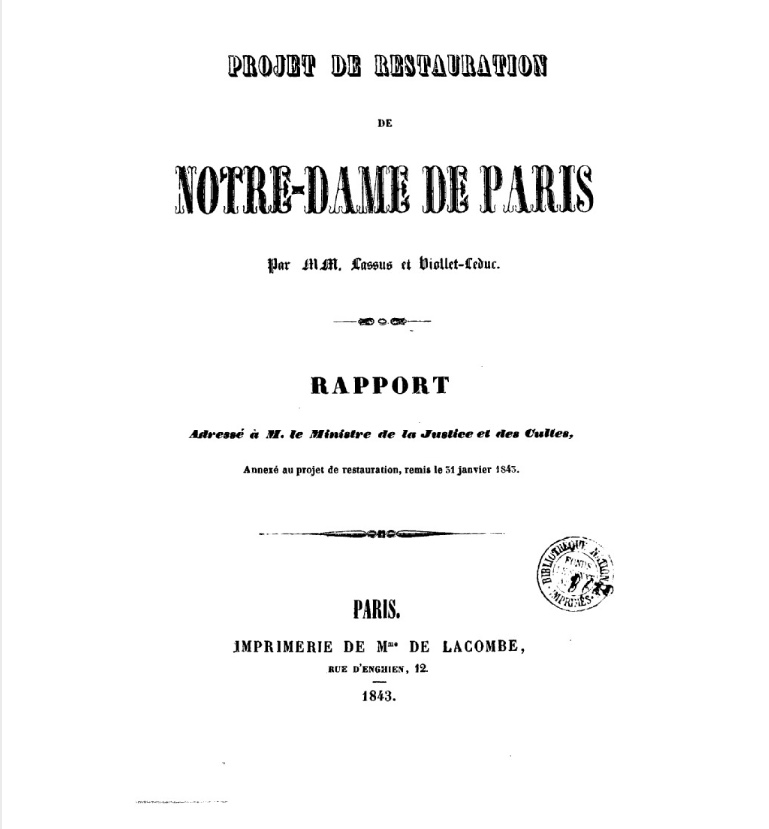
With the questioning and rejection of the social norms post ancien regime, the Enlightenment, the French Revolution, and the Terror, 19th century European artists and intellectuals struggled with the recent rupture in linear history combined with a desire for historical continuity and a sense of national identity. Viollet-le-Duc, less sentimental than his English Gothic Revivalist counterparts, was intensely scientific in his approach to art and architecture. He proposed a science of architecture that could give form to medieval nostalgia.
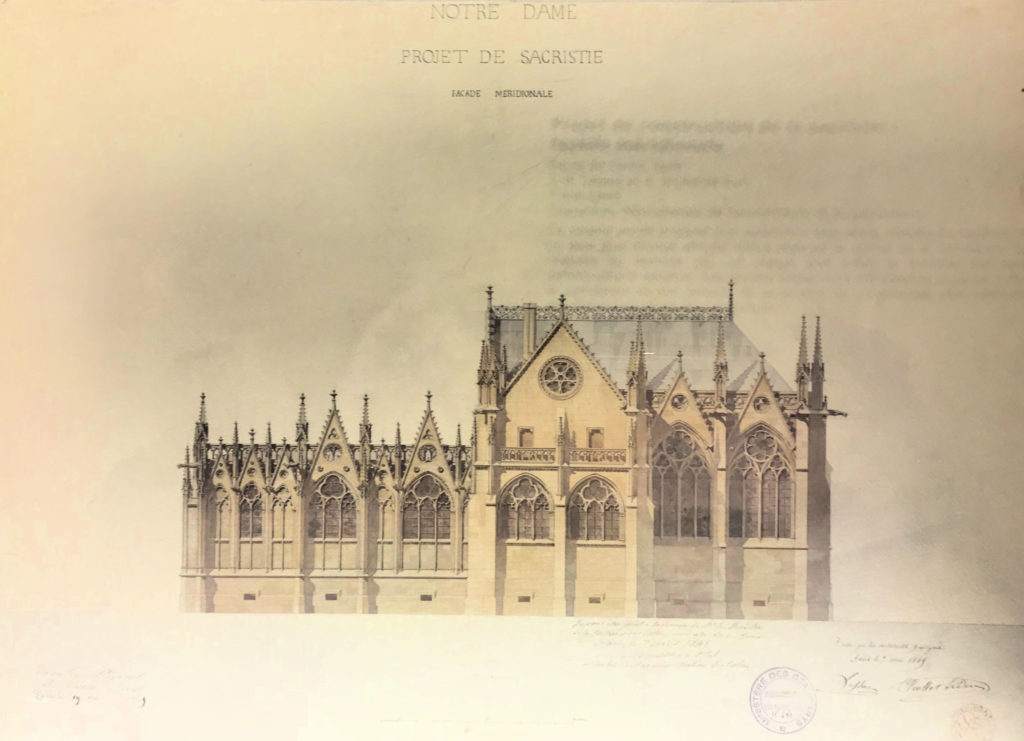
Renovation of the Notre Dame de Paris Begins
Lassus and Viollet-Le-Duc’s proposal for the restoration of the Notre Dame de Paris for the Ministere de la Justice et de la Culte was accepted in 1844. Work commenced in 1845 and went until 1864. When he had finished, all signs of previous alterations by royalty and clergy, of destruction by mobs, revolutions, and former misguided repairs and restorations, as well as the decay of six centuries, had been removed.
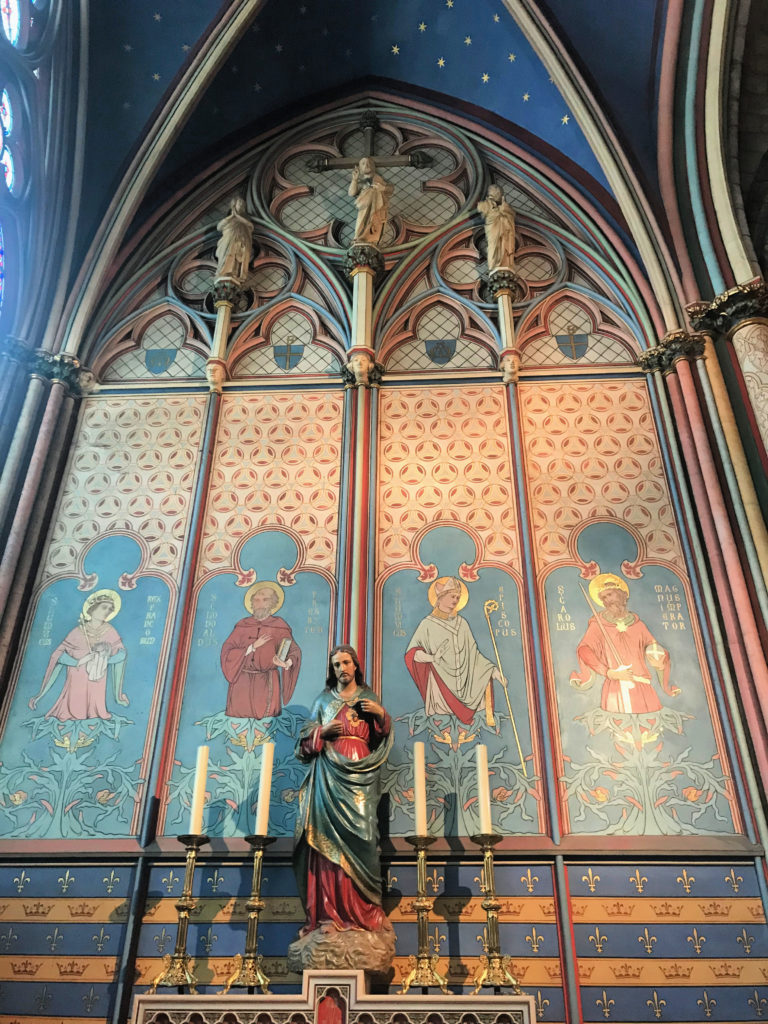
Notre Dame de Paris: After the Fire
Thanks to the courage of the firefighters, the façade and two towers were saved. At the time of writing this, we do not know what was destroyed and what was saved within the cathedral. There is an enormous collection of religious and spiritual art, from paintings to altars to the organs and to the whole collection of relics, including a piece of wood from the cross of Jesus. The rose windows are the most beautiful and important in the world, but they are very vulnerable to heat. Relics from Saint Genevieve, the patron saint of Paris, had been placed up near the top of the cathedral as a form of protection over the building and are almost certainly gone.
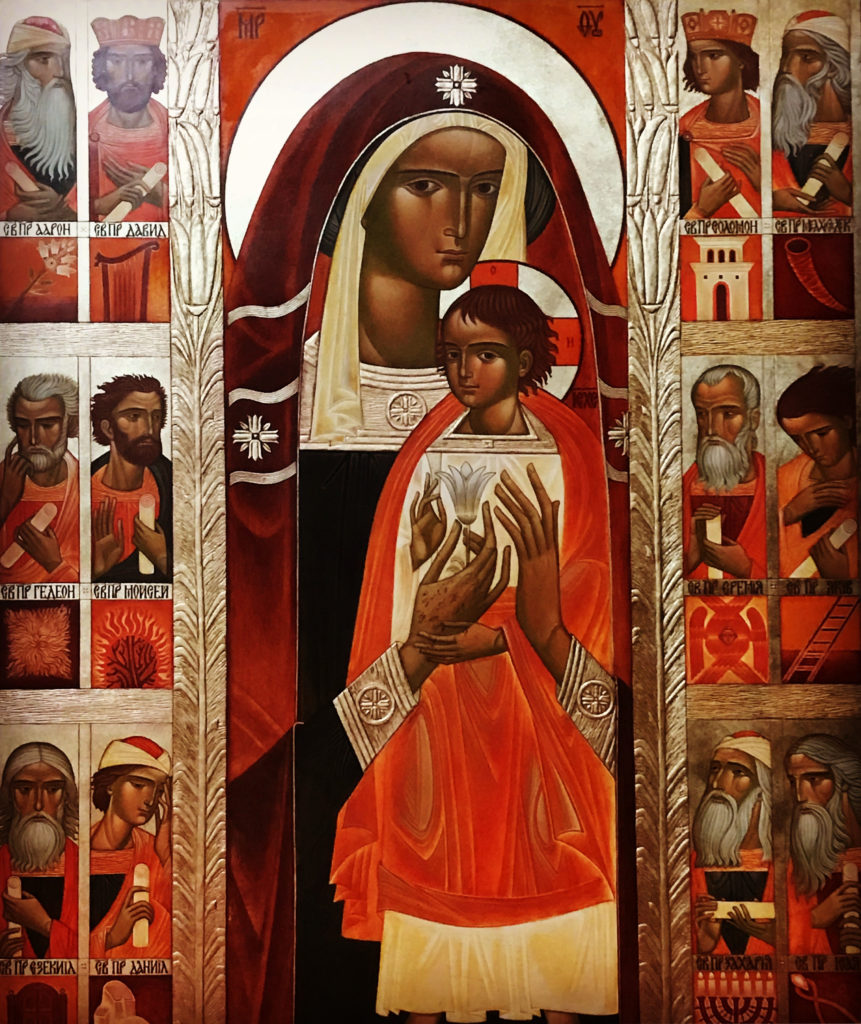
For Catholics, during Holy Week, the most important week of the liturgical calendar, the message of death and resurrection is embodied in this tragedy. It is a monument: to beauty, spirituality, humanity, and the French spirit. The immense sadness we all feel for this loss is accompanied by a shared determination to keep it alive and to rebuild.
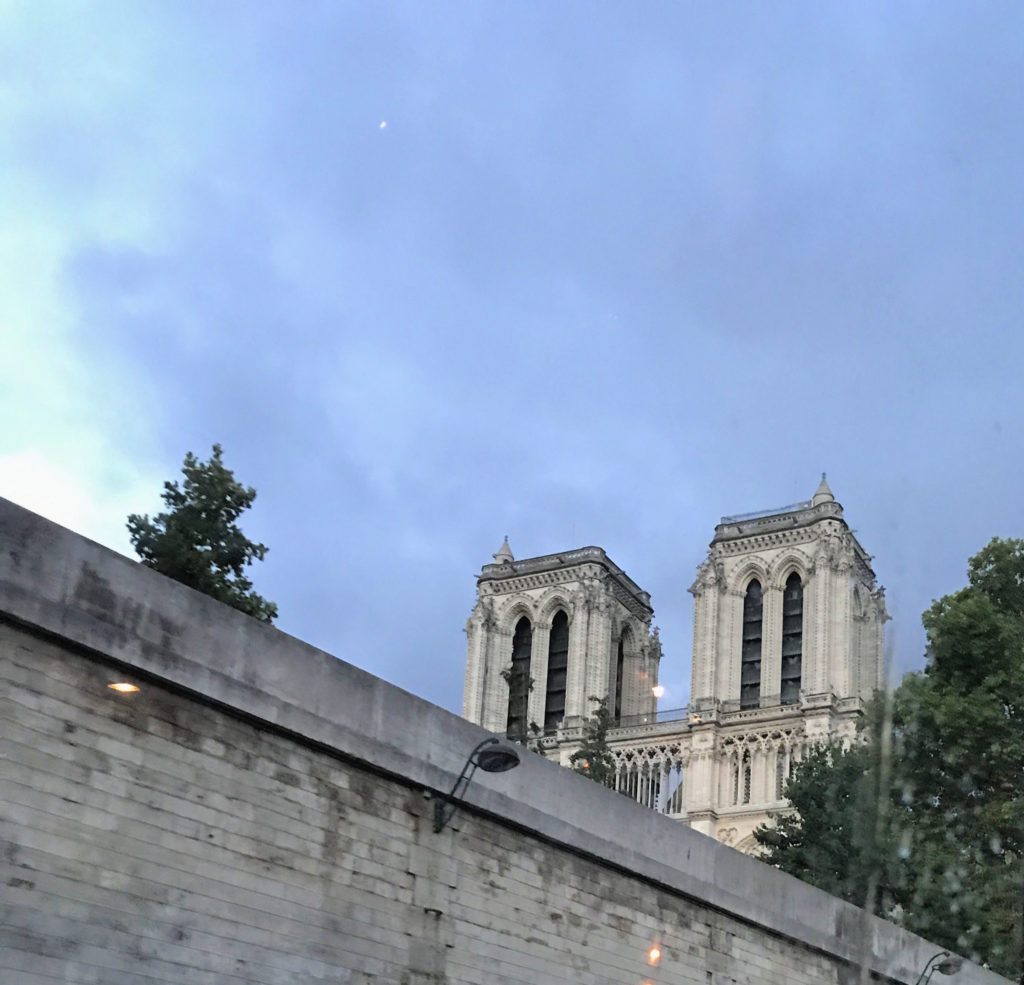
Did you enjoy reading about the Notre Dame de Paris? Here are some other links to consider:
5 Must Read Books for Your Trip to Paris
The Château de Chenonceau: The Ladies’ Château
Inspired by France: Artists at the Norton Simon Museum
7 Spectacular Architectural Sites in Provence, France
Or if you are interested in more inspiring Art and Architecture from France, you can join my Facebook Group, “Art and Architecture of France”.
If you are planning your first trip to Paris, sign up for my FREE course, “Paris Like a Pro”. Read all about the course here and sign up here.










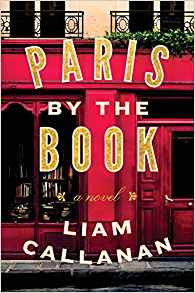



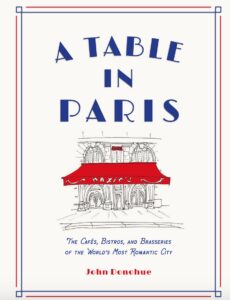






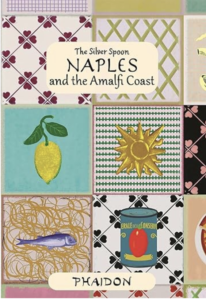

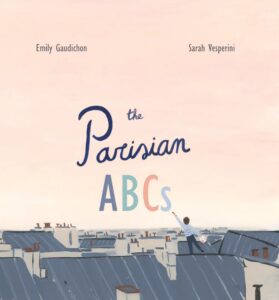




Michelle
April 17, 2019 at 6:45 amThis was extremely well written – thank you for covering the history and magic of this beautiful church. I was in tears too when I heard it and got actually very upset with my husband when I told him about it and he laughed. LAUGHED! How in the world was this funny? He has no concept or appreciation for history, and that day was not the day to play that card.
I was so lucky to have been able to see it during the cherry blossom blooms of spring, I was very happy to hear that several people have donated to help rebuild already. I hope that one day it can be restored to its splendor somehow and I am so relieved that the Rose Window and so many precious relics and art pieces were able to be salvaged. <3
Glory
April 17, 2019 at 10:27 amHi Michelle! It was a very tough day for me as well. I was so upset and I kept hitting the refresh button and replaying the spire toppling – I ended up going to a museum that afternoon to “regroup”. The good news is – because the Olympics are coming to France in 2024, French President Macron has declared they will get it restored in 5 years! And they have already raised millions and millions of dollars for the restoration. So I have faith! Thank you for your comment!
Tracey
May 14, 2019 at 6:32 pmI had a similar reaction. I just couldn’t believe that it could be real. It took a while for it to sink in and, even though I’ve never been there in person, I feel a sense of loss. As you say, restoring it won’t replace the ancient timbers and workmanship, and there are irreplaceable artworks that have been destroyed, but it will keep the old girl going. This is now part of her story, too.
blog
April 18, 2020 at 9:51 pmGreat site you have got here.. It’s hard to find excellent writing like
yours nowadays. I truly appreciate individuals like you!
Take care!!
John
April 21, 2020 at 11:27 amIt really was a shock to see. Great article on an icon.
Glory
April 22, 2020 at 9:56 amThank you!
Lannie Travels
April 23, 2020 at 7:48 amThe Notre Dame is one of my favorite places in the world. So beautiful and serene. I’m so sad about the fire …
Thank you for a beautiful post
Glory
April 24, 2020 at 8:26 amThank you!